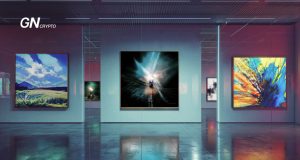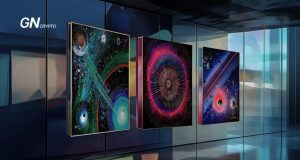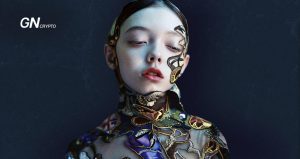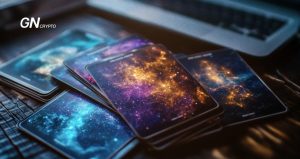Dave Krugman: A Living Legend of Street Photography
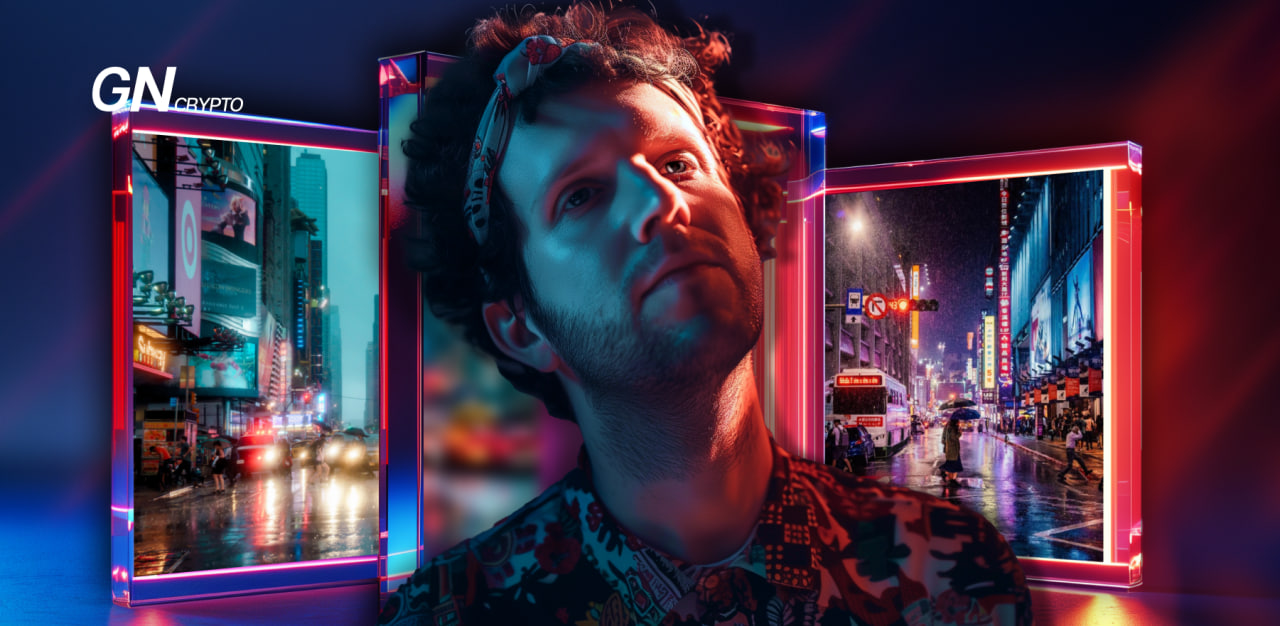
You don’t need to earn billions in trading to land an interview with Nasdaq; just master the art of photography like Dave Krugman, the American street photographer and NFT enthusiast.
On this page
Dave was captivated by photography from an early age, following in the footsteps of his father and grandfather. He eventually moved to New York, the city he had long aspired to call home. Despite earning a degree in psychology from Boston University, he didn’t abandon his primary passion and secured a job as a photo retoucher, enhancing images with computer software.
Simultaneously, Dave enjoyed capturing various urban elements on his smartphone, such as overpasses, subway passengers, skyscrapers, and much more, sharing his work on social networks. The emergence of Instagram allowed Krugman to freely share his art with a vast audience and quickly build his own community. Today, his account boasts over 300,000 followers.
He also noticed another trend: many cultural organizations had Instagram pages that were poorly managed. Hence, he offered to help manage these for free. For instance, Dave created a page for the New York Public Library that drew a new audience. This was a welcome development for the library's management since the page had been inactive for months.
An interesting fact: Dave won the 2018 Shorty Awards for Best Instagram of the Year for his photograph of the solar eclipse in the USA.
Krugman believes that for a photographer, artistic vision is more crucial than having special equipment. He sometimes uses vintage lenses from renowned brands like Leica and Hasselblad. Typically, Krugman finds inspiration in compelling movies, books, and the creativity of others. His favorite location for shooting is New York, a city that he says is always changing. Dave aims to capture these fleeting moments, remaining a passive observer in the ever-evolving urban landscape.
Dave Krugman always pays meticulous attention to lighting, composition, and the geometry of his frames, incorporating patterns and symmetry, and even allowing for deviations from these elements. Before capturing a shot, he looks for as many favorable conditions as possible, but he is especially drawn to shooting in the rain. For post-processing, Dave prefers to manually adjust his photos and avoids using Instagram filters.
For example, fog is a medium that fills the air and catches beams of light, making the invisible visible. Rain holds the color and creates reflections on the ground, turning a normal city scene into a stunning watercolor painting. I often prefer to work at those rare times where the world just looks more cinematic to my eye,
Dave explains.
Dave regularly collaborates with well-known brands to monetize his art, but he never prioritizes income over his craft. Initially dismissive of NFT technology, the COVID-19 pandemic prompted him to explore it more deeply. He realized it offered new opportunities for absolute creative freedom, community building, and innovative ways to monetize his work.
Beyond individual non-fungible tokens, Dave has launched several NFT collections, including Drive and Drip Drop. The latter features mesmerizing images of rain puddles and droplets, vibrant with color. For this collection, Dave partnered with the Transient Labs development team, which developed a specialized computer vision algorithm to determine the rarity of each image and categorize them based on specific traits.
The Drip Drop Collection. Source: OpenSea
The Drip Drop collection includes 1,111 unique NFTs, each characterized by specific features like droplet shapes and primary color schemes. At the time of writing, the starting price of a single Drip Drop NFT is 0.24 ETH ($730), with a 7.5% royalty fee. The total trading volume has already surpassed 430 ETH ($1.2 million).
The second most popular NFT collection, Drive, features photographs of various automobiles around New York, including rare models, accumulated over more than ten years of Dave's work, all captured on an iPhone. According to the description, these NFTs offer access to potential events and the ecosystem created in collaboration with the NFT project Manifold.
The Drive Collection. Source: OpenSea
In the Drive collection, the photographer has issued 111 unique NFTs with a single characteristic that categorizes the tokens by rarity and correspondingly, the minting price. Currently, the minimum price for one token is 0.7 ETH ($2,000) with a 10% artist royalty. Similar to the Drip Drop situation, owners are not in a hurry to sell their NFTs (less than 5% of tokens are available for purchase).
Krugman also teaches on the Skillshare platform and promotes emerging photographers through various social initiatives, such as the Sony Alpha Imagine Collective and ALLSHIPS, focused solely on Web3 creativity. He endeavors to offer personal assistance to newcomers, providing professional advice whenever possible.
Dave finds creating a community and generating interest to be the most significant challenges. He believes that personal connections, at least through social media, play a crucial role in this process. Hence, he advises photographers to shoot more and share their work to garner feedback from users and other professionals. Additionally, Krugman sees NFT technology as a tool for fostering and supporting a creative career.
The content on The Coinomist is for informational purposes only and should not be interpreted as financial advice. While we strive to provide accurate and up-to-date information, we do not guarantee the accuracy, completeness, or reliability of any content. Neither we accept liability for any errors or omissions in the information provided or for any financial losses incurred as a result of relying on this information. Actions based on this content are at your own risk. Always do your own research and consult a professional. See our Terms, Privacy Policy, and Disclaimers for more details.



